Ge Gen
How to submit an article:
- Registered users can submit any published journal article that has a unique DOI (Digital Object Identifier) name or link to Research Hub.
- For example, you can paste the full DOI link:
https://doi.org/10.1109/5.771073or just the DOI name:10.1109/5.771073into the field above and click submit. - The person who is first to submit a valid article to Research Hub will forever be credited for it, and every article submission earns you +6 Research Points.
Also known as: Kudzu Root, Pueraria lobata
Published research studies are articles that present the findings of original research that has undergone a peer-review process and has been made publicly available in scholarly journals, books or other media.
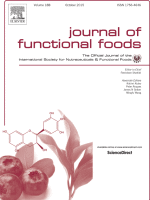
Effects of Pueraria lobata root and Glycine max (L.) Merrill extracts fermented with Lactiplantibacillus plantarum on the depressive-like behavior in ovariectomized mice via upregulation of hippocampal BDNF
2023 Sep Journal of Functional Foods Ha J, Jang HM, Choi I
Animal Study Experimental Study Depression Ge GenFermented Pueraria lobata root extract and Glycine max extract showed estrogen-like activities, reducing depressive symptoms in menopausal mice but not increasing female cancer risks.
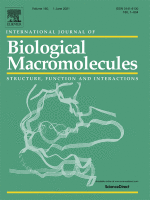
Extraction, structural-activity relationships, bioactivities, and application prospects of Pueraria lobata polysaccharides as ingredients for functional products: A review
2023 Jul International Journal of Biological Macromolecules Wang J, Dai G, Shang M, Wang Y, Xia C, Duan B, et al.
It was found that PLPs possess various bioactivities, including antioxidation, antidiabetic, immunomodulatory, hypolipidemic, antibacterial activities, regulation of intestinal flora, etc. The linkage patterns of glycosidic bonds might influence the bioactivities of PLPs. Meanwhile, PLPs have great development prospects in the health food and medical industries due to their non-toxicity. These discoveries establish a solid foundation for expanding the application and investigations of PLPs.
Review Article Ge Gen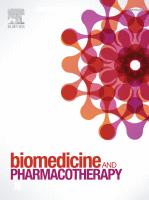
Protective effect of ZYMT, a traditional Chinese patent medicine in a mouse model of retinitis pigmentosa
2023 Jun Biomedicine & Pharmacotherapy Huang Z, Huang Q, Xu K, Liang L, Li Y, Zhou W, et al.
Experimental Study Animal Study Dang Shen Shu Di Huang Huang Qi Ge Gen Goji Berry Zhang Yan Ming Tablets Retinitis PigmentosaZhangyanming Tablets show potential as a protective agent for retinal function in early-stage, genetically-caused blindness in mice, possibly due to their antioxidant and anti-/pro-apoptotic properties.
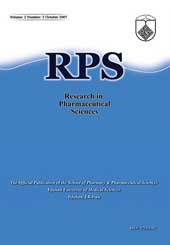
Chondrogenic activity of two herbal products; pomegranate fruit extract and avocado/soybean unsaponifiable
2020 Jan Research in Pharmaceutical Sciences Bahramian H, Teimourinejad A, Hashemibeni B, Salehi H, Mostafavi FS, Kazemi M
Network PharmacologyPomegranate fruit extract significantly enhances cartilage gene expression and chondrogenesis in human adipose-derived stem cells compared to Avocado/Soybean Unsaponifiable.
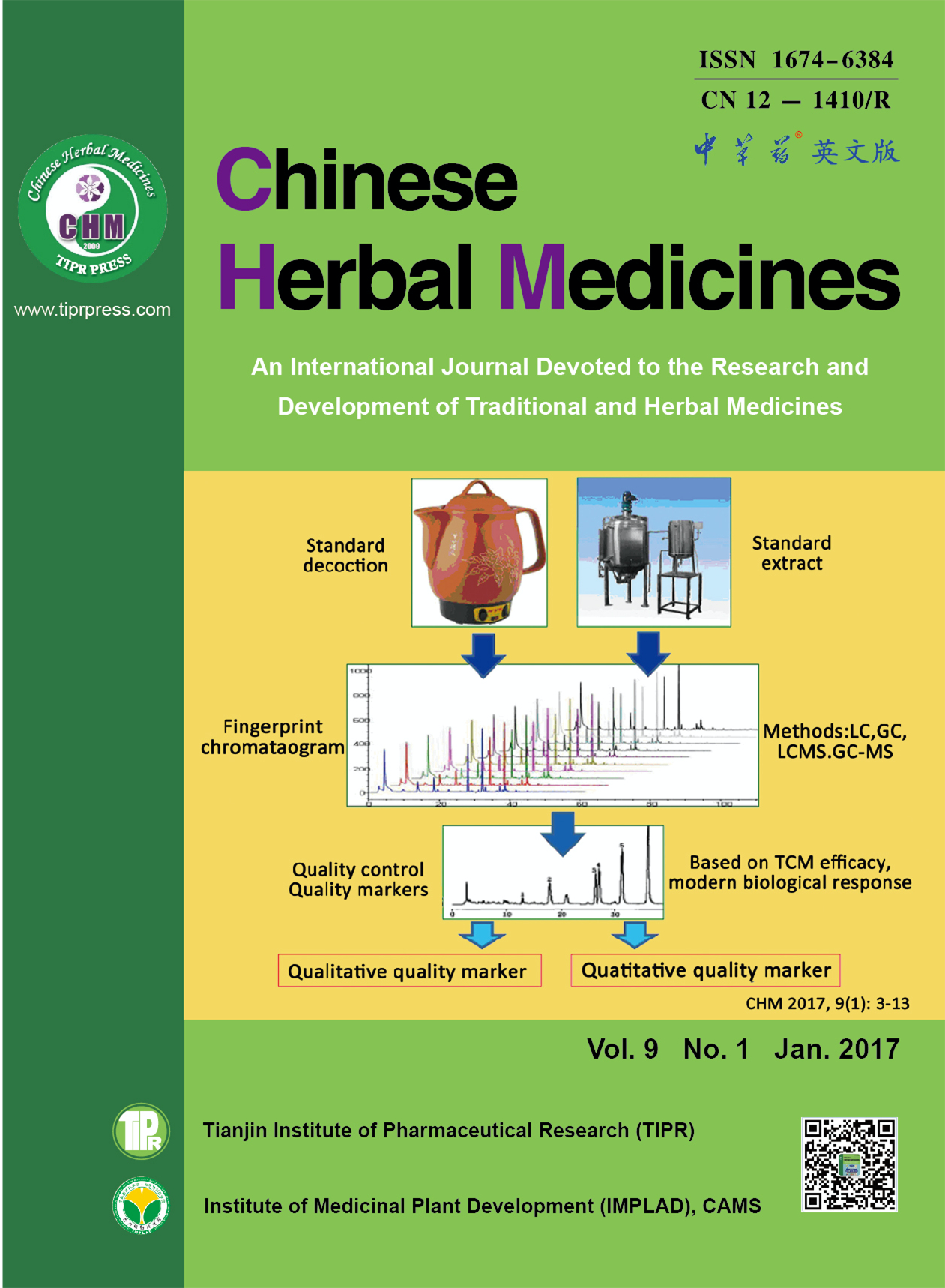
Applications of Pueraria lobata in treating diabetics and reducing alcohol drinking
2019 Apr Chinese Herbal Medicines Liu J, Shi YC, Lee DYW
In view of its low toxicity profile, P. lobota stands an excellent chance to be developed as a phytomedicine for treating human diseases.
Review Article Ge GenResearch insights are moderated by the Research Hub team and offer an at-a-glance overview of interesting research findings.

2023 Journal of Functional Foods
Fermented Pueraria lobata root extract and Glycine max extract showed estrogen-like activities, reducing depressive symptoms in menopausal mice but not increasing female cancer risks.
Animal Study Depression
Effects of Pueraria lobata root and Glycine max (L.) Merrill extracts fermented with Lactiplantibacillus plantarum on the depressive-like behavior in ovariectomized mice via upregulation of hippocampal BDNF
Ha J, Jang HM, Choi I

2023 Biomedicine & Pharmacotherapy
Zhangyanming Tablets show potential as a protective agent for retinal function in early-stage, genetically-caused blindness in mice, possibly due to their antioxidant and anti-/pro-apoptotic properties.
Experimental Study Dang Shen Goji Berry Huang Qi Retinitis Pigmentosa Shu Di Huang
Protective effect of ZYMT, a traditional Chinese patent medicine in a mouse model of retinitis pigmentosa
Huang Z, Huang Q, Xu K, Liang L, Li Y, Zhou W, et al.

2020 Research in Pharmaceutical Sciences
Pomegranate fruit extract significantly enhances cartilage gene expression and chondrogenesis in human adipose-derived stem cells compared to Avocado/Soybean Unsaponifiable.
Network Pharmacology
Chondrogenic activity of two herbal products; pomegranate fruit extract and avocado/soybean unsaponifiable
Bahramian H, Teimourinejad A, Hashemibeni B, Salehi H, Mostafavi FS, Kazemi M
Review Articles
Review articles summarise and critically evaluate the current state of research on a specific topic or field by synthesising multiple primary research studies.

Extraction, structural-activity relationships, bioactivities, and application prospects of Pueraria lobata polysaccharides as ingredients for functional products: A review
2023 Jul International Journal of Biological Macromolecules Wang J, Dai G, Shang M, Wang Y, Xia C, Duan B, et al.
It was found that PLPs possess various bioactivities, including antioxidation, antidiabetic, immunomodulatory, hypolipidemic, antibacterial activities, regulation of intestinal flora, etc. The linkage patterns of glycosidic bonds might influence the bioactivities of PLPs. Meanwhile, PLPs have great development prospects in the health food and medical industries due to their non-toxicity. These discoveries establish a solid foundation for expanding the application and investigations of PLPs.
Review Article Ge Gen
Applications of Pueraria lobata in treating diabetics and reducing alcohol drinking
2019 Apr Chinese Herbal Medicines Liu J, Shi YC, Lee DYW
In view of its low toxicity profile, P. lobota stands an excellent chance to be developed as a phytomedicine for treating human diseases.
Review Article Ge Gen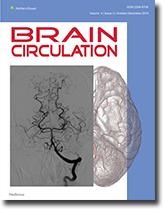
Effects of three flavonoids from an ancient traditional Chinese medicine Radix puerariae on geriatric diseases
2018 Jan Brain Circulation Luo Y, Zhang S, Wang J, Zhao H
R. puerariae has an important place in Chinese traditional medicine. It has been shown effective in the treatment and management of cardiovascular diseases, diabetes, hypertension, and cerebrovascular diseases. Its active ingredients are thought to include puerarin, genistein, and daidzein. The available evidence supports the demonstrated or potential benefits of puerarin in diverse clinical applications.
Review Article Geriatric Disease Ge GenClinical Trials
Clinical trials are research studies that involve people and are conducted to evaluate the safety and efficacy of new treatments or interventions, such as drugs, medical devices, or behavioural therapies.
Study Protocols
Published study protocols are detailed plans that outline the objectives, methodology, statistical analyses, and organisation of a research study that have been made publicly available for others to review and use as a reference.
Presentation Slides

Animal Study
Fermented Pueraria lobata root extract and Glycine max extract showed estrogen-like activities, reducing depressive symptoms in menopausal mice but not increasing female cancer risks.
Ha J, Jang HM, Choi I

Experimental Study
Zhangyanming Tablets show potential as a protective agent for retinal function in early-stage, genetically-caused blindness in mice, possibly due to their antioxidant and anti-/pro-apoptotic properties.
Huang Z, Huang Q, Xu K, Liang L, Li Y, Zhou W, Ning N, Zhou J, Hu J, Liu S, Dang L

Network Pharmacology
Pomegranate fruit extract significantly enhances cartilage gene expression and chondrogenesis in human adipose-derived stem cells compared to Avocado/Soybean Unsaponifiable.
Bahramian H, Teimourinejad A, Hashemibeni B, Salehi H, Mostafavi FS, Kazemi M
Executive Summary
Write an executive summary in the form of a blog article on the topic of "Research into Chinese medicine treatment for Ge Gen" summarising the research below and using language that can be easily understood by patients and avoiding medical jargon using a professional and caring tone of voice.
Write an executive summary in the form of a blog article on the topic of "Researched Chinese medicine treatments for Ge Gen" summarising the research below in an objective and easy to understand way, and using language that can be easily understood by patients. Group the article into Chinese medicine treatments first, followed by nutrition and other treatments. Avoid using medical jargon and use a professional and caring tone of voice.
Write me a concise but easy to understand executive summary on the topic of "Chinese medicine treatments for Ge Gen" based on the following research that I will give you. Your summary should be 2 paragraphs long in Australian English spelling and include references to the studies.
A Animal Study published in 2023 in the journal Journal of Functional Foods found that Fermented Pueraria lobata root extract and Glycine max extract showed estrogen-like activities, reducing depressive symptoms in menopausal mice but not increasing female cancer risks. The researchers focused on Pueraria lobata roots and Glycine max (also known as soybeans) extracts, which are rich in isoflavones but often limited in practical use due to their high molecular weight and low bioavailability. The researchers chose to ferment these extracts with Lactiplantibacillus plantarum strains which are known to convert glycosides to aglycones, potentially enhancing the beneficial effects of the isoflavones. Specifically, the study was conducted using ovariectomized mice. The research found that both fermented Pueraria lobata root extract and Glycine max extract exhibited estrogen-like activities. More intriguingly, the fermentation process increased the expression of estrogen receptor beta, suggesting that these extracts may not increase the risk of various female cancers—a common side effect of hormone replacement therapy—as was previously believed. Also, the ingestion of these extracts not only increased the estrogen receptor beta in the mice but also upregulated the expression of the brain-derived neurotrophic factor in the hippocampal region of the brain, thus improving depressive symptoms. The highest expression was observed in the group given a mixture of both extracts.
A Experimental Study published in 2023 in the journal Biomedicine & Pharmacotherapy found that Zhangyanming Tablets show potential as a protective agent for retinal function in early-stage, genetically-caused blindness in mice, possibly due to their antioxidant and anti-/pro-apoptotic properties. Eighty mice with Retinitis Pigmentosa (RP) were divided into two groups, with one group receiving Zhangyanming Tablets (ZYMT) and a control group getting distilled water. After a period of 7 and 14 days, the researchers conducted tests through electroretinogram, fundus photography, and histological examination to assess the retinal function and structure of the subjects. They furthered the study using TUNEL, immunofluorescence and qPCR to evaluate cell apoptosis and the expressions of particular genes. The ZYMT-treated mice displayed a notable enhancement in retinal reactions and overall preservation of retinal structure when compared to the control group. Particularly noticeable were increases in retinal thickness and cell count, alongside a significantly lowered rate of cell death. A comprehensive follow-up shows the altered expressions of several genes in the retina following the application of ZYMT. These results, combined, suggest a key role of ZYMT in mitigating the effects of RP especially in early stages.
A Network Pharmacology published in 2020 in the journal Research in Pharmaceutical Sciences found that Pomegranate fruit extract significantly enhances cartilage gene expression and chondrogenesis in human adipose-derived stem cells compared to Avocado/Soybean Unsaponifiable. Human adipose-derived stem cells were first isolated, expanded in monolayer culture, and identified, and then seeded on fibrin scaffolds. These cell-impregnated scaffolds were divided into 4 groups: a control group, an Avocado/Soybean unsaponifiable (ASU) group, a Pomegranate Fruit extract (PFE) group, and a mixed ASU/PFE group. Each group was subjected to induction for two weeks with the corresponding substances, except the control group which only received chondrogenic medium. The levels of cell viability, cartilage gene expression, matrix staining density, and collagen type II proteins in the PFE samples were found to be noticeably greater than other groups. Histological assessments further highlighted higher chondrogenic centers in the PFE group. This indicates that PFE significantly enhances chondrogenesis and cartilage gene expression in these cells, suggesting potential use in cartilage tissue engineering.
Moderation Tools
Topic
Sign In
Users not signed in are limited to viewing the 5 most recent items of content.
Zhangyanming Tablets (ZYMT) has been in clinical use for almost 4 decades. The main components of this medicine include Fructus Lycii (wolfberry), Radix Codonopsis, Radix Astragali, Radix Puerariae Lobatae, Radix Rehmanniae Praeparata and so on. —Jinnan C 25 Apr 2024